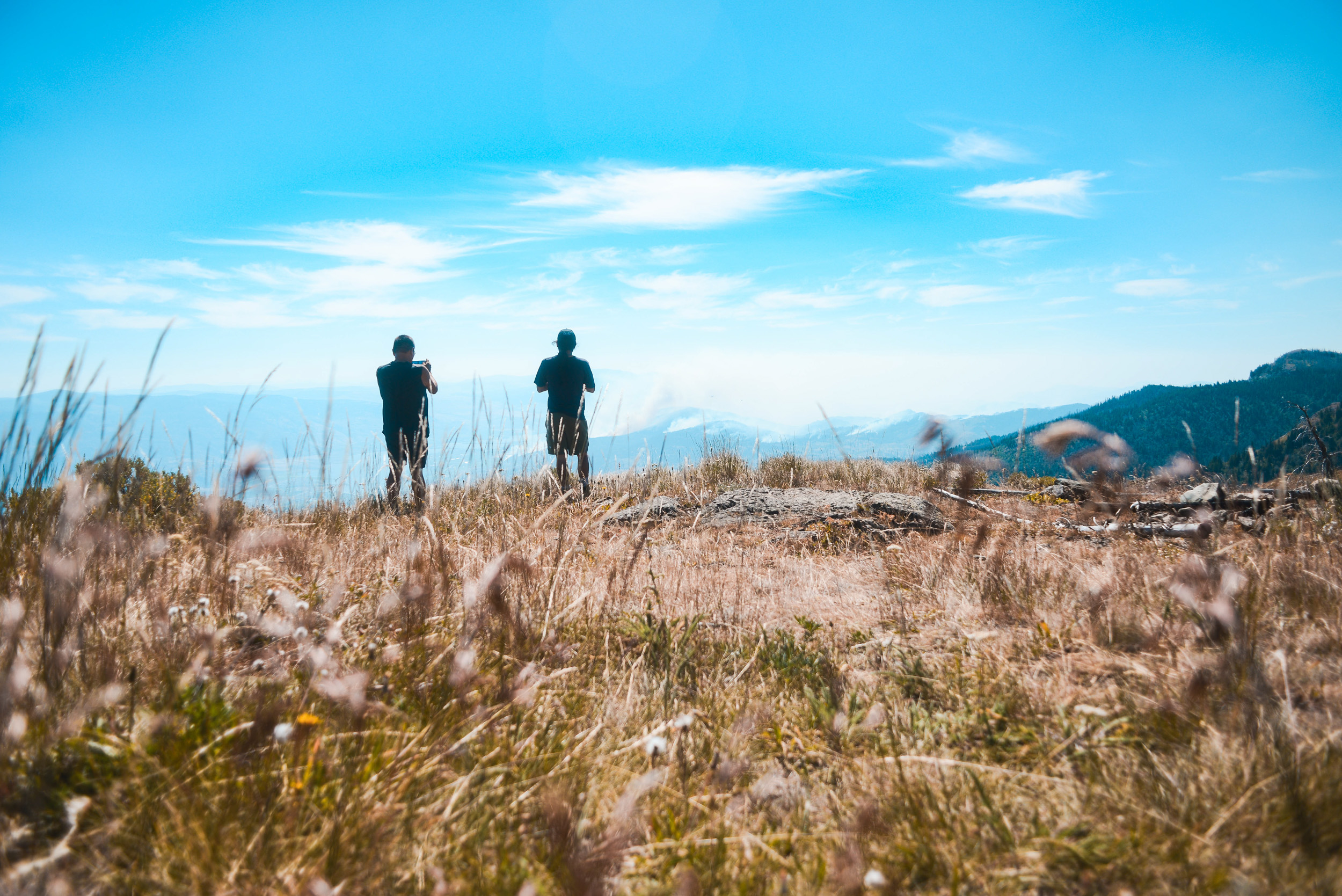
The Narwhal’s in-depth environmental reporting earns 11 national award nominations
From disappearing ice roads to reappearing buffalo, our stories explained the wonder and challenges of...
Get the inside scoop on The Narwhal’s environment and climate reporting by signing up for our free newsletter.
For more than six years, the federal government has been funding Guardians programs to support Indigenous-led environmental stewardship.
Combining Indigenous Knowledge with western science, guardians play a critical role in monitoring and managing wildfires, water quality, species protections and more. But applying for funding to do this work was “a tedious, time-consuming process,” Gillian Staveley, a Kaska Dena citizen from northern B.C., told The Narwhal. Engaging with the application process meant taking guardians away from the land.
Staveley is a council member of the National Guardians Network — Canada’s first Indigenous-led national stewardship network, which launched in December 2022 at COP15, the United Nations biodiversity conference in Montreal. For the first time, this past year the network independently managed and allocated federal funds for all Indigenous communities. (Guardians programs across Canada have various funding sources, including the federal government.)
In doing so, the network is reinventing the system for distributing federal funds to make “a process that is easier for guardians, that gets them in the field faster,” Staveley said. The network created a toll-free support line and permitted oral reporting by funding recipients instead of requiring hefty written submissions.
A year on, Staveley said the program is working and has created “a new kind of partnership between us and Canada, one based on equality,” and one she describes as “a real example of reconciliation.”
“It has allowed us to really make Indigenous-led decision-making,” she added.
The number of land guardian programs has increased six-fold from 30 in 2016 to more than 180 this year. And the new system allowed 90 per cent of funding agreements to be made in 60 days, compared to an average of six months previously.

This year, the network — with a council made up of guardians — has divided $27.6 million among 80 First Nations Guardians initiatives. Of this year’s recipients, 18 are developing new programs, like Wet’suwet’en First Nation in northern B.C., who received more than $75,000 to study moose population and mortality rates. Aamjiwnaang First Nation, near Sarnia, Ont., also got more than $48,000 to better monitor the air, water and land surrounding their territory. The funding comes months after Aamjiwnaang declared a state of emergency due to spikes in carcinogenic benzene measured in the air during a plastics factory’s temporary shutdown. This week the nation ordered some residents to evacuate fearing more harmful pollutants would be released.
The remaining recipients include some that have been around for decades, including wildfire monitoring efforts, programs to collect data about water health and setting up climate monitoring stations.
The Heiltsuk Nation has received nearly $350,000 to continue protecting local aquatic ecosystems and community fisheries. The Łutsel K’e Dene First Nation received nearly $350,000 to continue their stewardship of the Thaidene Nëné National Park Reserve in the Northwest Territories.
Many of the programs focus on employing full-time guardians for two years. Caldwell First Nation, for example, received more than $345,000 to give on-the-land training to members and also review environmental assessments as they build their community from the ground up.
At least 11 of the 80 programs also focus on employing and engaging with youth to train what Staveley describes as “guardians of the future.” Seal River Watershed Alliance — made up of four northern First Nations in Manitoba — received $500,000 to employ 14 youth and senior staff as land guardians.
“A lot of [youth] are reclaiming that identity and reclaiming that role as land stewards because it was taken away from them,” Staveley said. Through these programs, they get practical skills, paid employment and opportunities to build relationships with their community and culture.
In offering his congratulations to the network, Environment Minister Steven Guilbeault said in a press statement “Indigenous-led stewardship offers profound and transformative benefits for communities and the environment and guardians are a cornerstone of these efforts.”
Staveley told The Narwhal the network’s long-term goal is to establish accreditations and professional standards for guardians. And, of course, to keep the money flowing.
“The sad reality of the situation is there’s more programs than what we have money for,” Staveley said. The network received 183 proposals, which would have required close to $55 million, nearly double the funding they currently have. Staveley expects an increase in the number of applicants every single year.
With a federal election on the way, Staveley hopes “any future government will see this as an example of a respectful partnership and want to build on it and move it forward.”
“It’s a gut-wrenching feeling to not be funding all the programs that are asking for money,” she said. “But it lit a fire for us to know that we have to work with all levels of government and even philanthropic organizations and corporations so that we are supporting Guardians programs in Canada. Because our ultimate goal is that every First Nations community that wants a Guardian program has one, and it’s going to take a lot of us working together to make sure that happens.”
Updated on Oct. 3, 2024, at 4:07 p.m. ET: This story has been updated to clarify that only federal funds are now being managed by the National Guardians Network, as Indigenous Guardians programs across Canada have various sources of funding.
Get the inside scoop on The Narwhal’s environment and climate reporting by signing up for our free newsletter. On a warm September evening nearly 15...
Continue reading
From disappearing ice roads to reappearing buffalo, our stories explained the wonder and challenges of...

Sitting at the crossroads of journalism and code, we’ve found our perfect match: someone who...

The Protecting Ontario by Unleashing Our Economy Act exempts industry from provincial regulations — putting...
